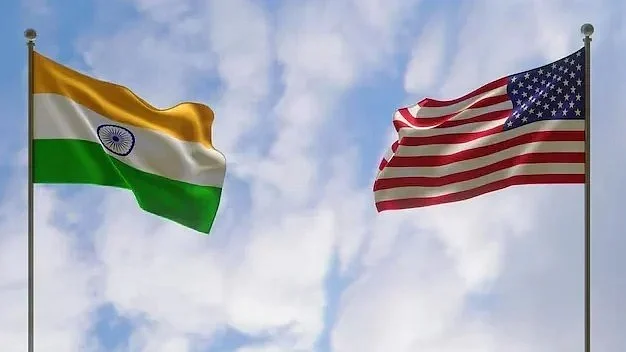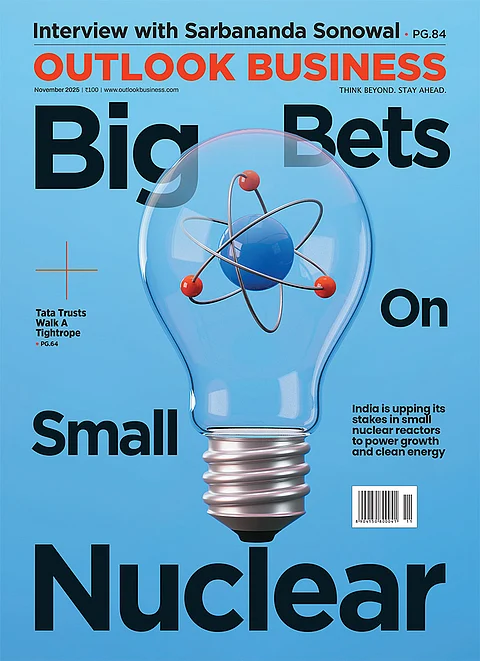
India gains leverage in US trade talks as its domestic economy stays resilient and export declines narrow despite a 50% tariff burden imposed by Washington.
New Delhi expects the US to roll back punitive tariffs, while preparing to cut its own import duties on over 80% of goods, protecting sensitive sectors like agriculture.
Exporters diversify into African and European markets to offset lower US demand, even as cheap Chinese goods intensify competition globally.
India’s resilient domestic economy and the smaller-than-expected impact on its exports are giving New Delhi more room to negotiate a bilateral trade agreement (BTA) with the US, analysts and officials said. The US imposed a reciprocal tariff of 25% and an additional punitive tariff of 25% in August, effectively doubling duties on Indian goods to 50%.
Despite the domestic economy holding firm, India’s shipments to the US fell 8.6% year-on-year to $6.3 billion in October. However, the decline was narrower than the 12% drop recorded in September, indicating a slight recovery.
Multiple rounds of trade talks between India and the US have been completed, but a final deal remains elusive—even as other Asian peers, including Japan and South Korea, have reached agreements with Washington. Union Commerce Minister Piyush Goyal and other officials have reiterated that India will not rush into any deal, especially one that compromises the interests of its farmers.
India–US BTA
“For now, we’ve avoided the worst impact of the 50% US tariffs,” Reuters reported on Thursday, citing a government official. “If needed, we are ready to wait.”
The official said New Delhi expects Washington to roll back the additional 25% punitive tariff imposed in response to India’s Russian oil imports and gradually reduce the overall tariff burden to 15%. India, meanwhile, is preparing to cut its own import tariffs on more than 80% of goods while protecting sensitive sectors such as agriculture, according to the Reuters report.
Last week, US President Donald Trump and Minister Goyal signalled that India and the US have entered the final phase of negotiations on a trade agreement that would strengthen economic and strategic ties.
Market Diversification
The government is actively engaging with several countries, including the UK, the European Union, Chile, and New Zealand, to secure new trade agreements, diversify export markets, and support domestic exporters.
“Many exporters have cushioned the fall in shipments to the US since September by diversifying into African and European markets and retaining US clients with discounts and longer delivery timelines,” the report said, citing exporters and industry officials.
However, exporters also noted rising pressure from China’s excess industrial capacity, which is increasing competition globally as cheaper Chinese goods flood multiple markets.






























